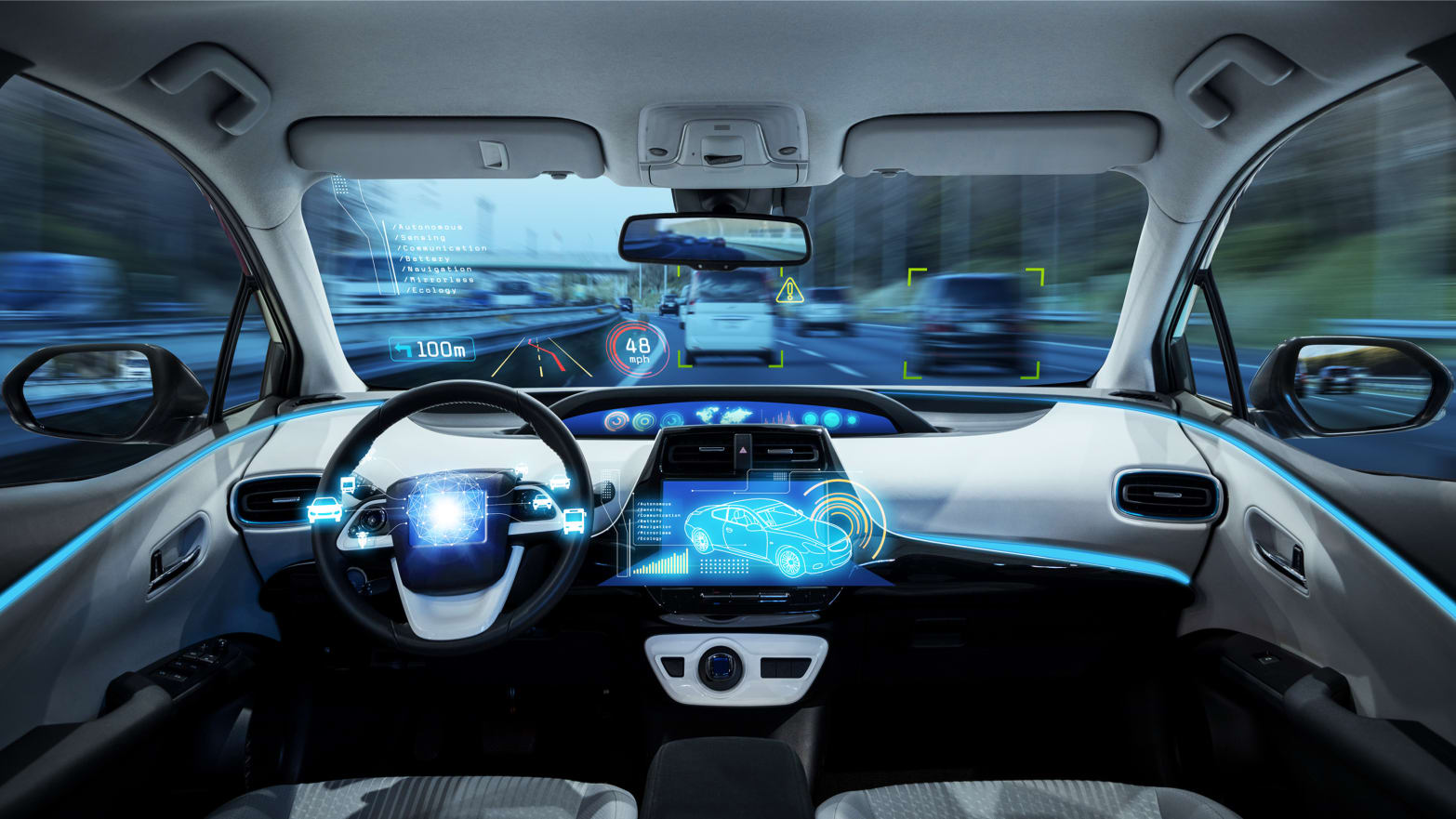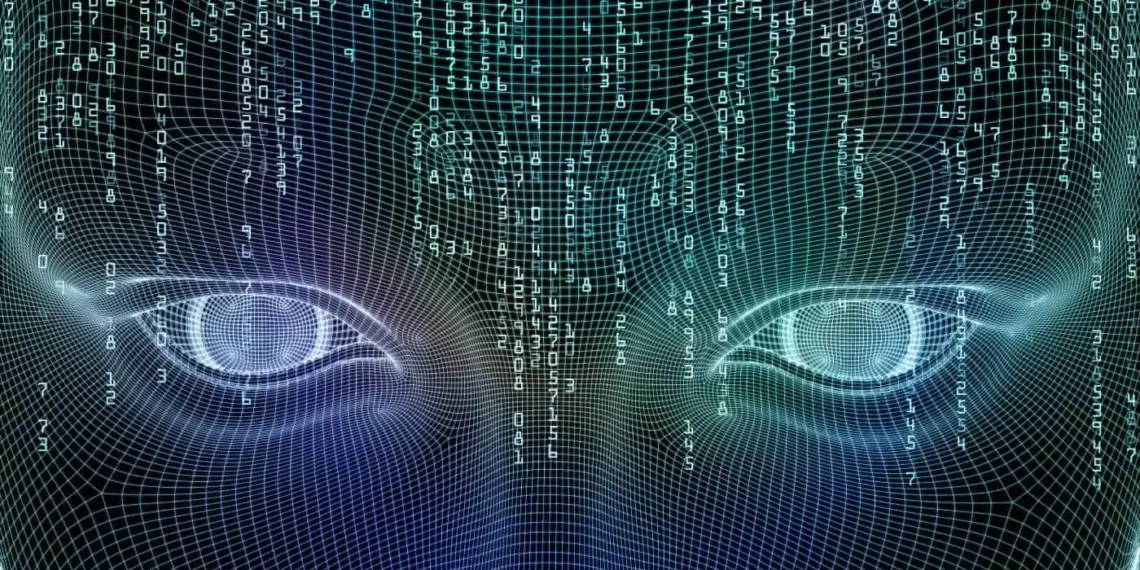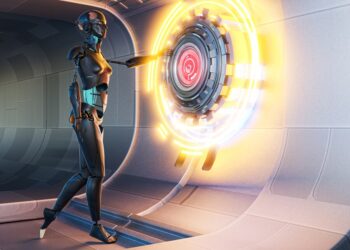Artificial intelligence has the potential to augment human capabilities and solve some of our most pressing challenges. However, it can also pose new existential risks if not handled properly.
What is Artificial Intelligence?

Artificial intelligence is the science of how to make machines behave like humans. AI research is exploring how we can build machines that show intelligent thought, including the ability to reason, plan, learn, and make decisions.
Some experts believe that the long-term future of artificial intelligence (AI) will be human-level AI, which would make it possible to have true “social” AI—that is, an AI that can interact with us as humans do. AI used to be just a far-off dream, a science fiction concept as likely to become reality as a flying car.
But today, AI is attracting a lot of attention and enthusiasm, and many experts think it is already here. AI technology is already integrated into many products today and will be integrated into more products in the future. AI is also used in businesses to help make decisions, run businesses more efficiently, and increase productivity.
Robotics
Robotics is the mechanization of systems and control of processes using computer-based systems. Robots are designed to perform tasks too difficult or too dangerous for humans to perform. Robots are used in industry and in exploration for mining, oil and gas extraction, and also in research and development.
There are different types of robots for different applications. Industrial robots are used for manufacturing, welding, and packaging. Service robots are used in healthcare, logistics, and food service. Navigational and autonomous robots are used in military applications.
Virtual Reality and Augmentation Reality
Virtual Reality is a computer technology that creates a simulated environment that can be experienced by a user. The most common virtual reality models are based on the interaction of a user who is in a “virtual” environment and a user who is “inside” the simulated environment. Virtual reality systems use a computer interface to give the user control over the simulated environment.
There are two types of Virtual Reality systems:
- Immersive Virtual Reality systems in which the computer interfaces are based on a user wearing a headset, and Non-Immersive Virtual Reality systems in which the computer interfaces are not connected to a headset.
- Augmented Reality is a type of Virtual Reality in which the computer interfaces are not connected to a headset or a computer. In Augmented Reality, the computer interfaces are combined with the real world to create a blended simulation.
Self-Driving Cars and Aviation

Self-driving cars are autonomous cars that can drive themselves, without the need for a driver behind the steering wheel. They can be controlled and driven remotely via a computer or smartphone app, or they can operate autonomously on their own with no human intervention at all.
Self-driving cars are not a new idea, they’ve been in research and development for decades as an alternative to human-operated cars. Self-driving cars are still in their infancy, however, and there are many challenges to overcome before they become mainstream.
Self-driving cars offer some major benefits, including decreased traffic and accident rates, fewer fatalities, and more time and space for us to do things. One of the biggest benefits of self-driving cars, however, is that they could allow people to spend more time doing things they enjoy, like reading or exercising.
Self-driving planes and helicopters are another recent development that could impact our society in a very positive way. The rise of pilotless planes and helicopters could free up time for people to do what they enjoy, like taking road trips or traveling to visit family. Aviation has long been one of the safest modes of transportation, but recent advancements in autonomous flight technology could soon make it even safer.
With improvements in technologies like GPS, sensors, and AI, a plane could soon be guided by computers to a landing or take-off point without the need for human intervention. Aviation is already one of the safest modes of transportation, but the rise of self-flying vehicles is likely to make it even safer.
Conclusion
These five technological advancements represent only a small handful of the many ways in which AI, robotics, and other technological advancements are shaping our world today. While the impact of these changes may be subtle at first, they will have a profound impact over time.
As new and more advanced technologies are developed and implemented, it will become increasingly important for us to stay informed and engaged so that we can shape their use for the betterment of human society. These technological advancements present an opportunity for great advancement in many areas of human life, but they also pose some significant risks.
Artificial intelligence has the potential to augment human capabilities and solve some of our most pressing challenges. However, it can also pose new existential risks if not handled properly. This blog will explore AI, robotics, virtual reality, and other technological developments from an ethical standpoint. We will discuss the risks these developments pose to humanity as a whole and examine the implications of these technological advancements for society.







